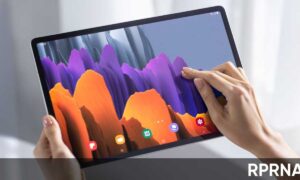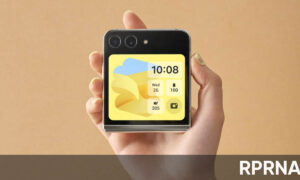it was reported that a California document showed that Alphabet’s Waymo and its competitor Cruise had applied for permission to start using self-driving vehicles for paid passenger and freight services in San Francisco. So as to create conditions for its technology to be tested to the greatest extent in dense urban environments.
The two companies have not disclosed when they plan to launch the paid service, but they both elaborated on their deployment plans, and the two companies have adopted very different strategies. In the beginning, Waymo plans to still equip vehicles with safety officers, while Cruise hopes to deploy self-driving cars without a human driver.
The documents show that the California Department of Motor Vehicles (DMV) has not yet made a decision on the applications submitted by the two companies. Waymo’s application was submitted on January 19, and Cruise’s application was submitted on March 29. The news of the two companies’ applications has not been reported before. DMV did not immediately respond to a request for comment.
For Waymo, the company is currently at a turning point. More than a decade ago, Waymo was born inside Google. Since 2019, they have begun to provide paid driverless ride services through their apps in the suburbs of Chandler, Arizona. However, the company’s business did not expand rapidly in other parts of Arizona as analysts had previously expected.
Join us on Telegram
John Krafcik, who had previously served as the company’s chief executive officer for a long time, resigned in April this year, and two co-CEOs took over his position.
With regard to Cruise, the company has received investments from General Motors, Honda Motors, and SoftBank. They have focused on San Francisco from the beginning and conducted tests here. The company said in the license application, they have accumulated in San Francisco 2 million miles (3.22 million kilometers) of the automatic pilot test mileage. The company also stated in this application that they have accumulated more than 83,000 miles of autonomous driving test mileage in its proposed deployment area.

Grayson Brulte, a consultant who advises companies on autonomous driving strategies, said: “Compared with suburban areas such as Chandler, in dense urban environments such as San Francisco, you can get faster access. , So as to obtain considerable revenue.” At present, the media could not immediately contact Waymo and Cruise for comment.
Waymo and Cruise will not be the first companies to obtain autonomous taxi operations in California. In December of last year, Nuro, a start-up from Silicon Valley, became the only company to obtain a DMV license. In March of this year, the company completed a round of investment. The investor is Chipotle Mexican Grill Inc. The amount of investment is unknown. The investor said that they are very interested in Nuro’s new distribution system.
Records show that a DMV official wrote to Nuro in March asking if it planned to deliver to the fast-food chain in California. Nuro and DMV met on April 16, but the outcome of the discussion is still unclear.
Limited operation
If Waymo and Cruise are approved by the DMV, they will then need to obtain a license from the California Public Utilities Commission so that they can provide the public with paid self-driving taxi services.
Up to now, self-driving cars in San Francisco and Silicon Valley are mainly being tested. Although these vehicles have increasingly appeared on public roads, no company can provide paid services in California. Cruise and Waymo plan to maintain some restrictions during commercial operations because the public has not yet established confidence in the safety of autonomous driving systems.
Waymo stated in its application to the DMV that they will be equipped with a safety officer in the car at the beginning of the service. The vehicles used by the company include Chrysler’s Pacifica minivans and Jaguar’s pure electric I-Pace SUVs. These vehicles will operate 24 hours a day and provide ride services or goods on the highways in San Francisco and the northern San Mateo County bordering it. For transportation services, vehicle speeds will be limited to 65 mph or less.
Waymo said that in certain areas or conditions, they may turn off the auto-driving mode of vehicles, such as highway ramps and construction areas, or for heavy rain and wet road conditions.
Cruise stated in its submission that its service hours are from early evening to early morning, and the maximum speed of the vehicle is 30 mph. When preparing for commercial deployment, as part of the early investment agreement, the company will receive $1.35 billion in funding from SoftBank’s Vision Fund.
Previously, the self-driving car revenue schedule has been delayed many times. Timothy Papandreou, a former Waymo employee and now leading consulting firm Emerging Transport Advisors, said: “This is a very difficult thing, and we are working hard to solve it.”
Public records show that this year Waymo has also been discussing cooperation with the San Francisco transportation authorities and university laboratories to obtain a grant from the U.S. Department of Energy, “to study the use of autonomous vehicles to provide first/last-mile transportation services in San Francisco. possibility”.
(Via)












